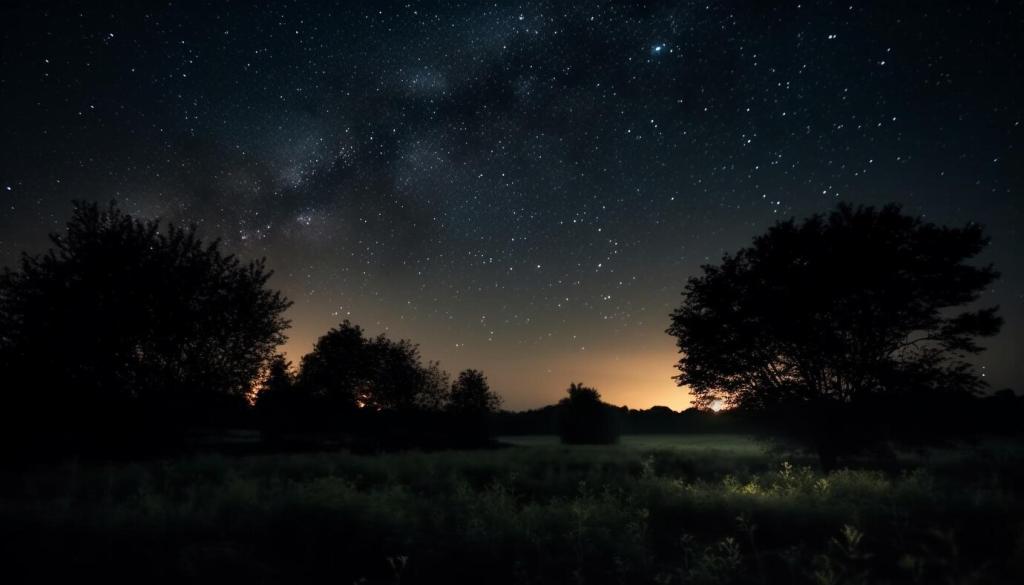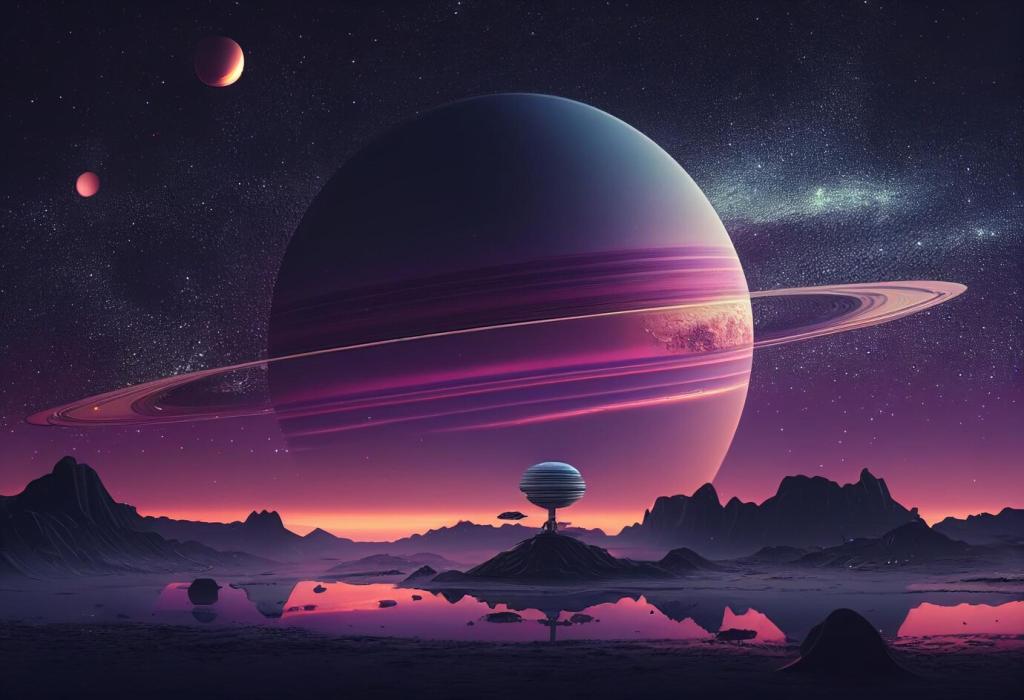
New Insights into Black Holes
Chosen theme: New Insights into Black Holes. Step closer to the event horizon with stories, discoveries, and ideas that make the darkest objects in the universe feel thrillingly understandable. Stay curious, ask questions in the comments, and subscribe for our next deep dive.


What the First Black Hole Images Really Show
The dark “shadow” traces where light paths plunge toward the event horizon, while the bright photon ring arises from photons looping almost full circles. Its size lets us infer the black hole’s mass, testing Einstein’s predictions in breathtakingly strong gravitational fields.
What the First Black Hole Images Really Show
New polarized images show magnetic fields threading the plasma near the horizon, hinting at how jets are launched and shaped. The ordered polarization patterns around M87* suggest powerful fields channel energy outward, a cosmic engine converting spinning spacetime into luminous, relativistic outflows.
Gravitational Waves: Listening to Colliding Black Holes
What Merger Signals Tell Us
As two black holes spiral together, frequency and amplitude rise in a characteristic chirp. From this pattern, scientists infer masses, spins, and even the rate of cosmic expansion. These measurements reveal unexpected populations, including hefty stellar black holes once thought exceedingly rare.
The Ringdown as a Laboratory
After the merger, the remnant vibrates in damped tones called quasinormal modes. Measuring these “notes” tests the no-hair theorem: does the black hole’s spacetime depend only on mass and spin? So far, Einstein’s score holds, but better detectors will sharpen the ear.
Explore the Catalogs Yourself
The collaborations release event catalogs and public data. Try browsing waveforms, comparing candidate sources, and mapping where signals likely originated. If a plot surprises you, post a comment, ask a question, and subscribe—we’ll feature insightful reader analyses in a future roundup.



Reframing the Information Paradox
Calculations now reproduce the expected rise-and-fall of entanglement entropy in evaporating black hole models, hinting that information can, in principle, emerge. Replica wormholes and islands sound exotic, yet they arise from serious mathematics. Which explanations felt clearest? Tell us what still puzzles you.

Reframing the Information Paradox
Holographic dualities map gravity problems to quantum systems without gravity, reframing paradoxes in solvable language. Thought experiments, from boxes near horizons to entangled partners, sharpen assumptions. We welcome your favorite analogies or critiques—post them and help refine our shared understanding.
Time Near the Edge: Clocks, Light, and Lensing
Comparing clocks on airplanes is mundane; comparing clocks near an event horizon is profound. Processes slow for an outside observer, shifting light to redder colors. Laboratory analogs and pulsar timing tests build intuition. Which demonstration made relativity “click” for you? Tell us why.
Time Near the Edge: Clocks, Light, and Lensing
Close to the horizon, light can circle multiple times before escaping, creating bright rings and delayed echoes. Precision measurements of ring diameter and substructure test spacetime geometry. If you’ve modeled lensing, share your plots and lessons learned for newcomers exploring this terrain.
Time Near the Edge: Clocks, Light, and Lensing
EHT observing seasons, coordinated multi-wavelength campaigns, and rapid alerts turn theory into trackable events. We’ll post schedules and layperson guides. Subscribe for reminder emails, and comment with questions you want researchers to answer during upcoming live Q&A sessions.
Tidal Disruption Events: When Stars Wander Too Close
As gravity tears a star, debris streams wrap around and fall back, powering a flare that typically declines as a predictable power law. Spectral lines track the evolving gas conditions. What part of this celestial drama captured your imagination most, and why?

